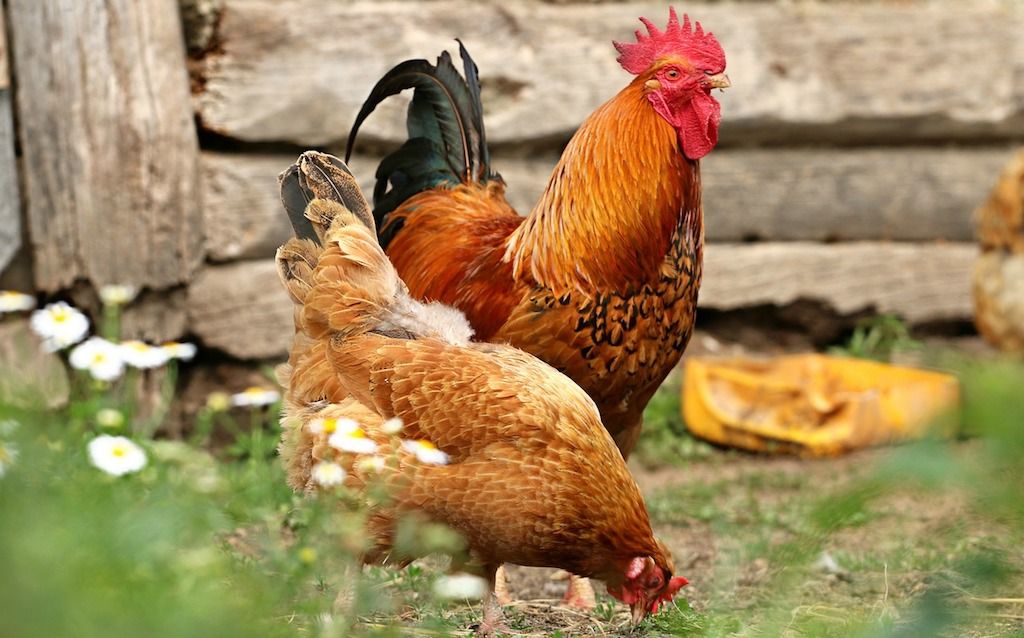6 Signs of a Healthy Chicken
As the trend of owning backyard poultry continues to grow, veterinarians should be prepared to educate their clients about these 6 signs of a healthy chicken.

Owning chickens has become popular among people throughout the United States, but many inexperienced poultry owners are uneducated about how to ensure the welfare of their new outdoor pets. Veterinarians are in a prime position to educate backyard poultry owners about caring for their chickens and giving them good quality of life.
RELATED:
- Most Prevalent Reproductive Diseases in Chickens
- Chickens: An Unlikely Ally in Disease Detection
“Strong hens are confident, alert, and strut their stuff," Patrick Biggs, PhD, a flock nutritionist for Purina Animal Nutrition, said. "If their attitudes, behavior, or performance change, investigate your management and nutrition for possible gaps."
Purina Animal Nutrition recently identified 6 signs that a chicken is getting the quality nutrition and care it needs. Clients with backyard poultry should keep the following questions in mind:
Do your chickens produce eggs with strong eggshells?
Eggshells should break in a crisp, clear line and only measure about 0.3 mm thick.
Are your chickens producing eggs consistently?
Most average to above-average egg-laying poultry produce 5 to 6 eggs per week during their prime laying years. Owners should expect a higher number of eggs in the first year, decreasing as the hen ages.
Do your chickens produce eggs with dark, golden egg yolks?
Pale egg yolks are a sign that hens may not be getting enough xanthophylls in their feed. Owners who are feeding their chickens treats or table scraps should be advised to cut back.
Do your chickens have shiny feathers?
Healthy bird feathers are slick-looking, sturdy, and vibrant when not in molt. Owners who report that this is not the case may need to add more protein to their pets’ feed.
Are your chickens’ combs brightly colored?
When hens lay eggs, their combs and wattles get larger and become a dark red color. When hens stop laying eggs, their combs and wattles get smaller and become a pink/pale red color. This change of color should happen frequently.
Do your chickens have a lot of energy?
Carrying their heads low, lacking movement, and appearing depressed are all red flags when it comes to chicken health.